After a hundred broken bulbs, it may be time to consider upgrading your incandescent light bulbs with more energy-efficient LEDs. The light-emitting diode (LED) is today’s most energy-efficient, rapidly evolving lighting technology. But is switching to LED lights worth it?
Switching to LED light is worth it as it uses 90% less energy than incandescent bulbs. Plus, LEDs last much longer than regular bulbs, making them less of a “hassle.”
Discover the benefits and drawbacks of LED lights, and learn why they are a good choice for homes, businesses, and the environment.
Quick Navigation
- 6 Reasons to Switch to LED Lights
- Is There A Downside to LED Lights?
- LED Light Buying Guide: What to Look For
- Ways to Tell Quality LEDs from Cheap Ones
- Conclusion
6 Reasons to Switch to LED Lights
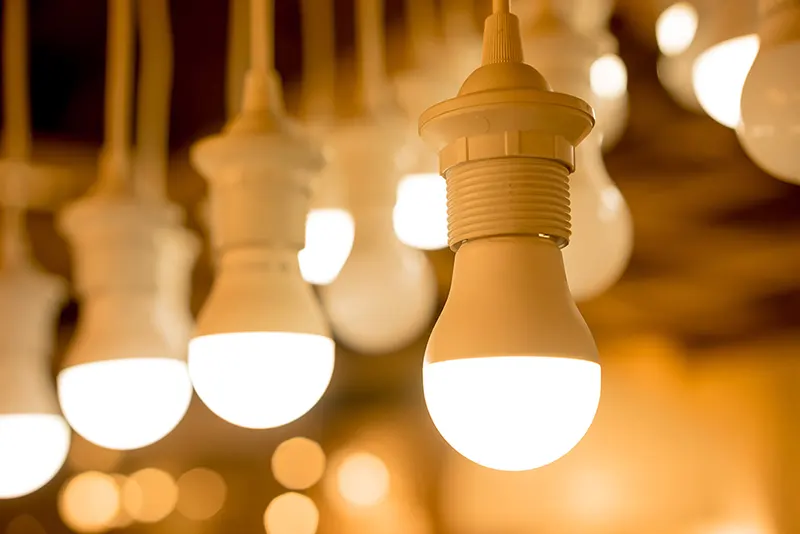
Energy and Cost Saving
LEDs utilize 90% less energy and last 25 times longer than incandescent lights. According to the Consumer Federation of America, converting to LED lighting saves homes an average of $1000 over a decade.
Over 10 years, LEDs will cost consumers an average of $13.70 per bulb, compared with incandescent and halogens, which will cost $69.49 per bulb over the same period.
Since most households use more than 20 light bulbs, consumers who switch to LEDs can save $1,000.
LED light bulbs save money and reduce electricity consumption, potentially decreasing the need for costly new power plants. This win-win-win situation benefits consumers, electric utilities, and the environment.
Long Life
LED lights last several times longer than incandescent bulbs. On average, an incandescent bulb can last anywhere from 1,000 hours. While various manufacturers claim that an LED light can last anywhere from 50,000 to 100,000 hours, depending on how it is used.
This means an LED bulb can live anywhere between 6 and 12 years before needing to be replaced. Even if you use fluorescent, metal halide, or sodium vapor lighting, an LED light will last two to four times as long.
As a result, savings extend to replacement prices and your company’s lighting bill’s maintenance expenditures.
Eco Friendly
As more businesses become environmentally friendly, customers are increasingly seeking these solutions. Employing an ecologically friendly light source can help businesses lower their energy consumption while also attracting a socially conscious client base.
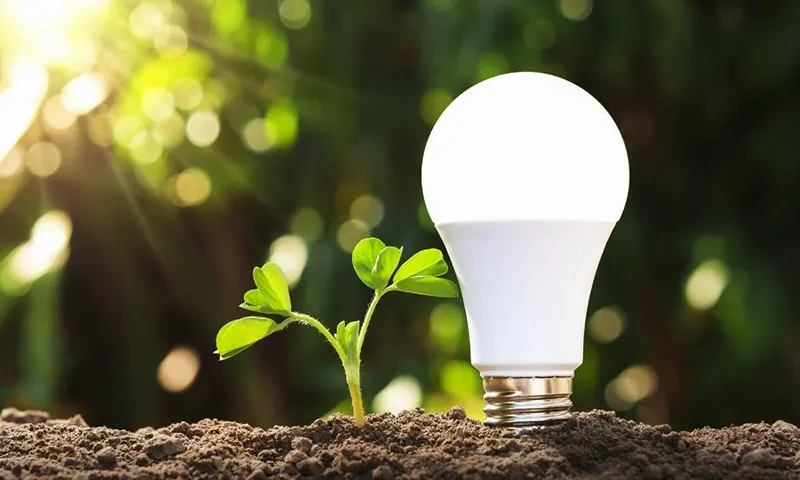
LED lights eliminate the environmental concerns associated with other lighting sources. Many classic lighting sources contain mercury, which presents problems at end-of-life disposal.
Performs Better in Cold Weather
Most traditional sources of energy, including fluorescent lamps, require a higher voltage to start when the temperature drops, and their light intensity also decreases.
LED lights perform 5% better in colder weather than other bulbs. As a result, they are ideal for lighting freezers, meat lockers, cold storage rooms, and refrigerated display cases. They are also ideally suited for parking lot lights, perimeter lighting, and outdoor signs.
Available in a Range of Colors
The pleasant yellow glow of incandescent and halogen bulbs is familiar to most people. However, LED lights are also available in cooler white and daylight colors and dimmable and non-dimmable options.
While harsh direct light was one of the first issues with LED lights, users may now select between direct light and omnidirectional bulbs illuminating an entire space.
Ideal for Accent Lighting
Instead of incandescent lights, LEDs provide highly focused beams ideal for accent, recessed, and under-kitchen cabinet lighting. These light beams are incredibly flexible and can be dispersed in various ways.
The box will specify whether you may expect a 360-degree sphere of light diffusion or a more focused 60- or 10-degree scope.
Is There A Downside to LED Lights?
Although LED lights last up longer than incandescent bulbs, most homeowners consider the following drawbacks before committing to the purchase.
LEDs are More Expensive
LEDs are more expensive to produce than incandescent or fluorescent lights; hence they are more expensive to buy.
However, as previously noted, the cost savings realized by LEDs over time and their extended lifespan will help recover and compensate for their higher initial price.
Might Need a Professional to Install It
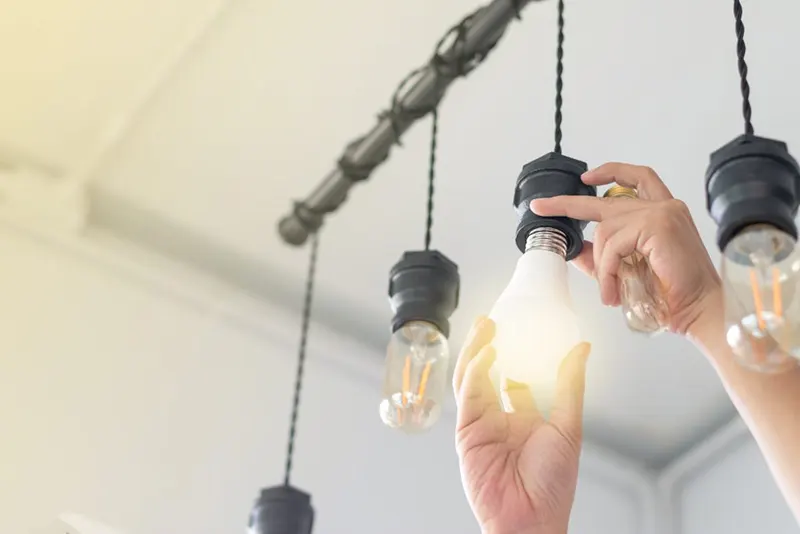
Suppose you are replacing your lighting system with LEDs. In that case, the installation will be more difficult if your current wiring is old or outdated. Hiring a local electrician for the job will cost between $100 and $150 per light fixture.
Though LEDs outlast incandescent lights, their quality will deteriorate over time due to temperature changes and age. What was once a warm, bright light will gradually fade away.
LEDs Eventually Lose Their Vibrant Colors.
Though LEDs outlast incandescent lights, their quality will deteriorate over time due to temperature changes and age. What was once a warm, bright light will gradually fade away.
LED Light Buying Guide: What to Look For
From Watts To Lumens
Your incandescent bulb presumably has a huge 60W at the top, whereas you need LEDs to purchase advertising in lumens. Watts (W) is a unit of energy consumption, whereas Lumens (lm) is a unit of brightness.
When shopping for light bulbs, look for lumens. If a 60W incandescent, 14W LED, or 10W LED has the same lumens value, they have the same brightness.
The difference in wattage means that they are more expensive, with higher wattage costing you more for the same amount of light.
Color
Incandescent bulbs typically emit a warm, yellowish light. LED bulbs, meanwhile, come in various hues. Some LED bulbs display an astonishing color spectrum ranging from purple to red and a full spectrum of whites and yellows.
Soft and bright white are the two most popular LED colors for residential use. Soft white bulbs produce a yellow, candle-like glow akin to incandescent bulbs.
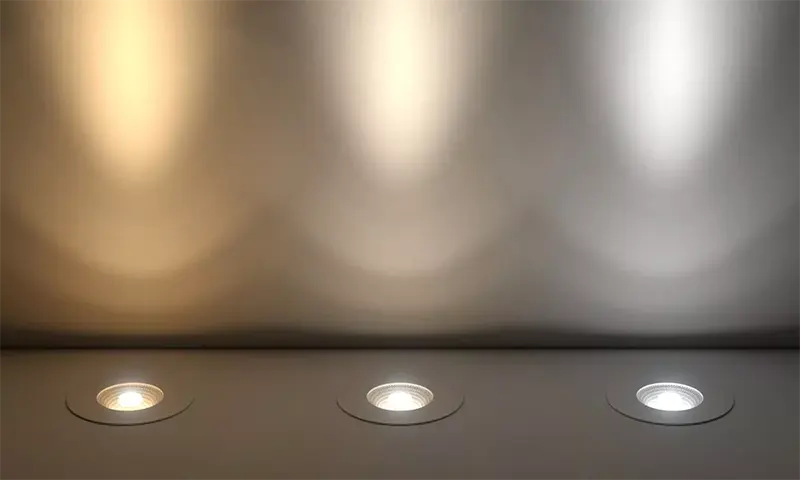
In contrast, bright white bulbs produce a whiter light, similar to what you find in workplaces and retail establishments.
If you want to get technical, the color temperature of light on the white light spectrum is measured on the Kelvin scale. The warmer (yellower) the light, the lower the number.
The average soft white incandescent is between 2,700K and 3,500K, so if that is the hue you want, check for LED bulbs in that range. Do you like a lighter tone? Look for bulbs with a color temperature of 5,000K or greater.
Keep an Eye Out for Non-dimmable LEDs
When asked why they use dimmable lights, most people will say it is for aesthetic value. The visual potential is significantly larger when you install light bulbs that can instantaneously go from dazzling white to a mood-setting gloomy shade.
Furthermore, dimmable light bulbs have a longer lifespan than non-dimmable ones. This is because the less energy a bulb consumes, the longer it lasts.
Look for LEDs suitable for the Enclosed Fixture
Unlike older incandescent, HID, or fluorescent bulbs, heat is an LED’s deadliest enemy. Most LED bulbs are designed to dissipate this heat into the surrounding air. An enclosed fixture makes this difficult and can lead to overheating.
An LED bulb operating beyond its rated operating temperature will have a substantially shorter lifespan, increasing your costs by having to replace them prematurely.
However, there are LED bulbs on the market specifically designed for enclosed fixtures. These bulbs can adjust current to prevent overheating.
Ways to Tell Quality LEDs from Cheap Ones
Color Consistency
When LED lights of the same color temperature are placed next to each other, their color will remain consistent.
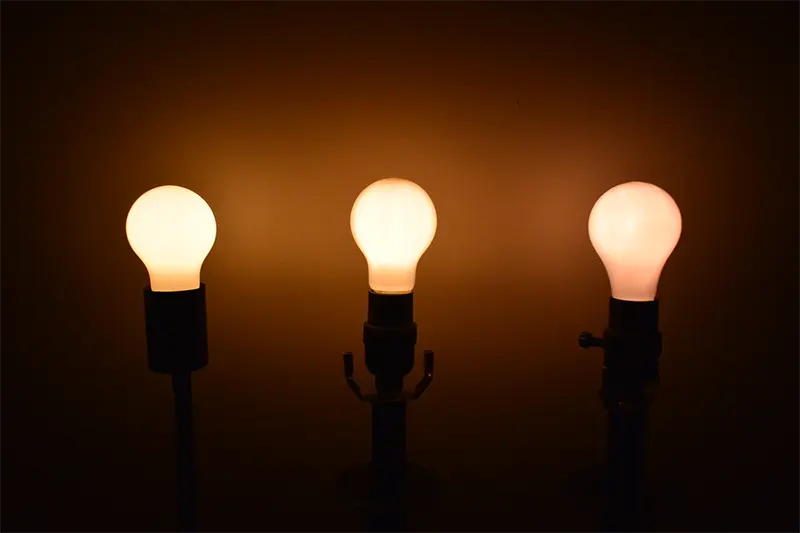
However, lower-grade LED lights may have variable colors due to differences in manufacturing.
Thermal Management System
Metal heat sinks with fins are used in high-quality LED lights to pull away and store the heat generated by the light.
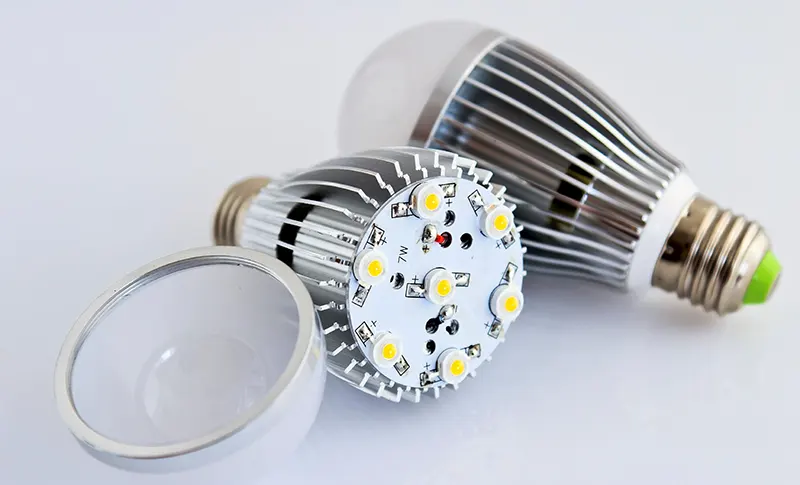
While low-cost, LEDs may use fans or plastic heat sinks to dissipate heat. These heat management techniques are more likely to fail, reducing the life of your light.
Efficacy
Efficacy is the amount of light produced for every watt of electricity consumed by the light source. The higher the lumens per watt value, the more light you get for the same power.
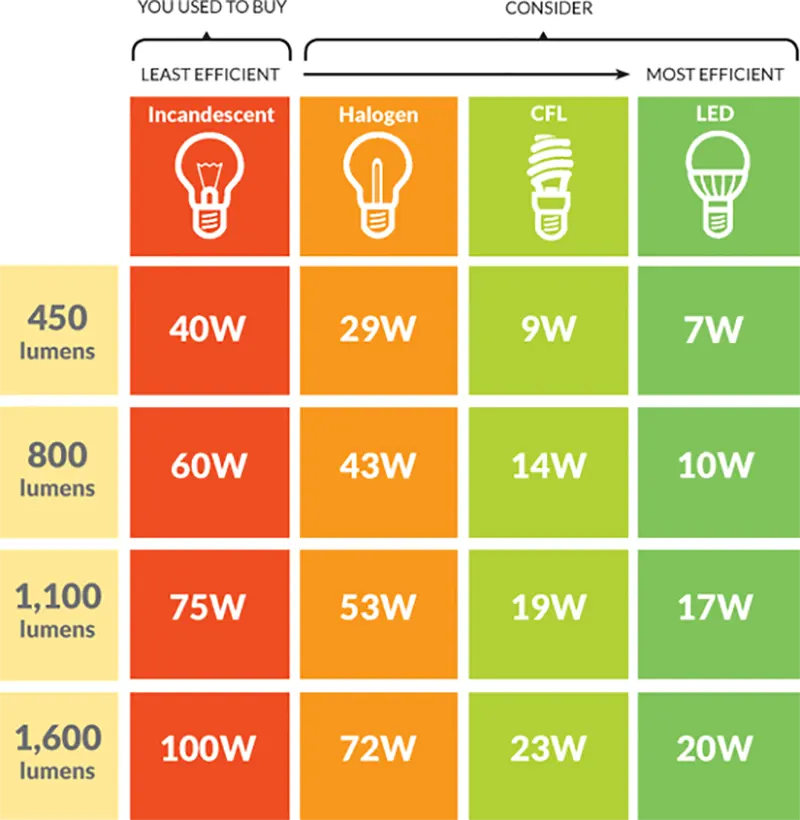
LEDs have an average efficacy of 60, with some newer LED lights achieving efficacy levels as high as 80.
Compare lumens per watt to traditional incandescent and fluorescent bulbs, as well as other LED bulbs on the market, when looking for quality LEDs.
Conclusion
If you want to save money and energy, invest in LED lamps. They cost a bit more upfront, but pay for themselves after just a few months.
Additionally, LEDs are better for the environment. So when it comes to what’s best for your home and family, there’s no contest—LEDs win every time.








